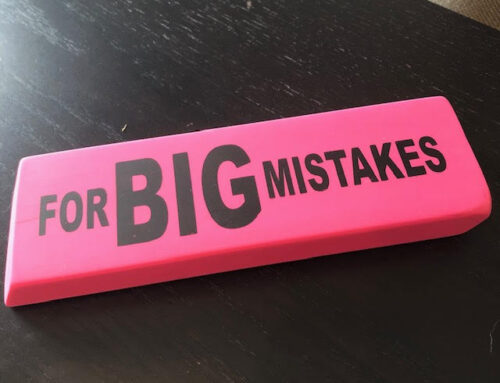“Just throw money at the problem and send a nice gift.” That was the counsel I received from a former supervisor. He was trying to convince me to ditch a friend’s wedding shower to attend a weekend work event instead.
It struck me as ironic since at the time that was pretty much how I handled work. Except I wasn’t throwing cold hard cash at the problem – it was blood, sweat and tears. The only saving grace was that I wasn’t alone. Practically all of my consulting colleagues used this approach to handle the unrelenting workload. We started our workday sooner and worked well into the night. We regularly brought work home and cracked open our laptops on the weekend. To closely echo my old supervisor, we simply threw time at the problem.
In many ways, this approach used to work well enough. I was young and energetic. I didn’t have a lot of responsibilities outside of work. But over time, my responsibilities grew, both in my career and personal life. I started to feel burned out and frustrated. No matter how hard I worked, I couldn’t quite get on top of things.
I see a lot of people stuck in the “throw more time at the problem” zone. But sadly, no matter how hard they work, they never seem to be able to get ahead. To make matters worse, our productivity actually decreases the longer we work. The more projects we try to tackle, the more we dilute our impact. The longer our hours, the more inefficiencies, interruptions and poorly planned meetings we tolerate. This leads to burnout and far too many personal sacrifices. There has to be a better way.
Thankfully, we have three options (that do not include working more) when life gets too busy.
Solution #1: Streamline
This strategy includes a number of different productivity principles. We can save a ton of time by focusing instead of multi-tasking. We should be blocked off time for our focus work first – before all the miscellaneous tasks get in the way. We save time by batch-processing things like email and phone calls at select intervals throughout our day. We also save time by releasing any perfectionist tendencies and using the One Touch principle to avoid redundancy. We also save time by using checklists and standard processes to streamline repetitive tasks.
Solution #3: Scale Back
Most people are trying to do far too many things at once. I can relate, because I used to be (and sometimes still am) one of those people. But “no” is quickly becoming one of my favorite words. I now say no to meetings, projects, and social engagements so much more than in the past. I’m conscious of the fact that every time I say yes, I am saying no to something else. Ironically, the more I say no, the more time I have for my top priorities. The truly important things get the focus they deserve and the results come sooner.
Solution #2: Seek Help
No matter how good you are, you cannot go it alone. We all need help. If you are reluctant to ask for help, I encourage you to get over it.
I am happy to say that I did end going to my friend’s shower oh-so-many years ago, which was exactly the right decision. Another colleague stepped in and took my place at the work event (which I can’t for the life of me remember anything about). Apparently throwing time (or money) at problems isn’t always the best approach.
On that note, I’m logging off now. But before I go, I’d love to ask how you avoid working longer hours.
What do you do to manage a big volume of work without working more?









Leave A Comment